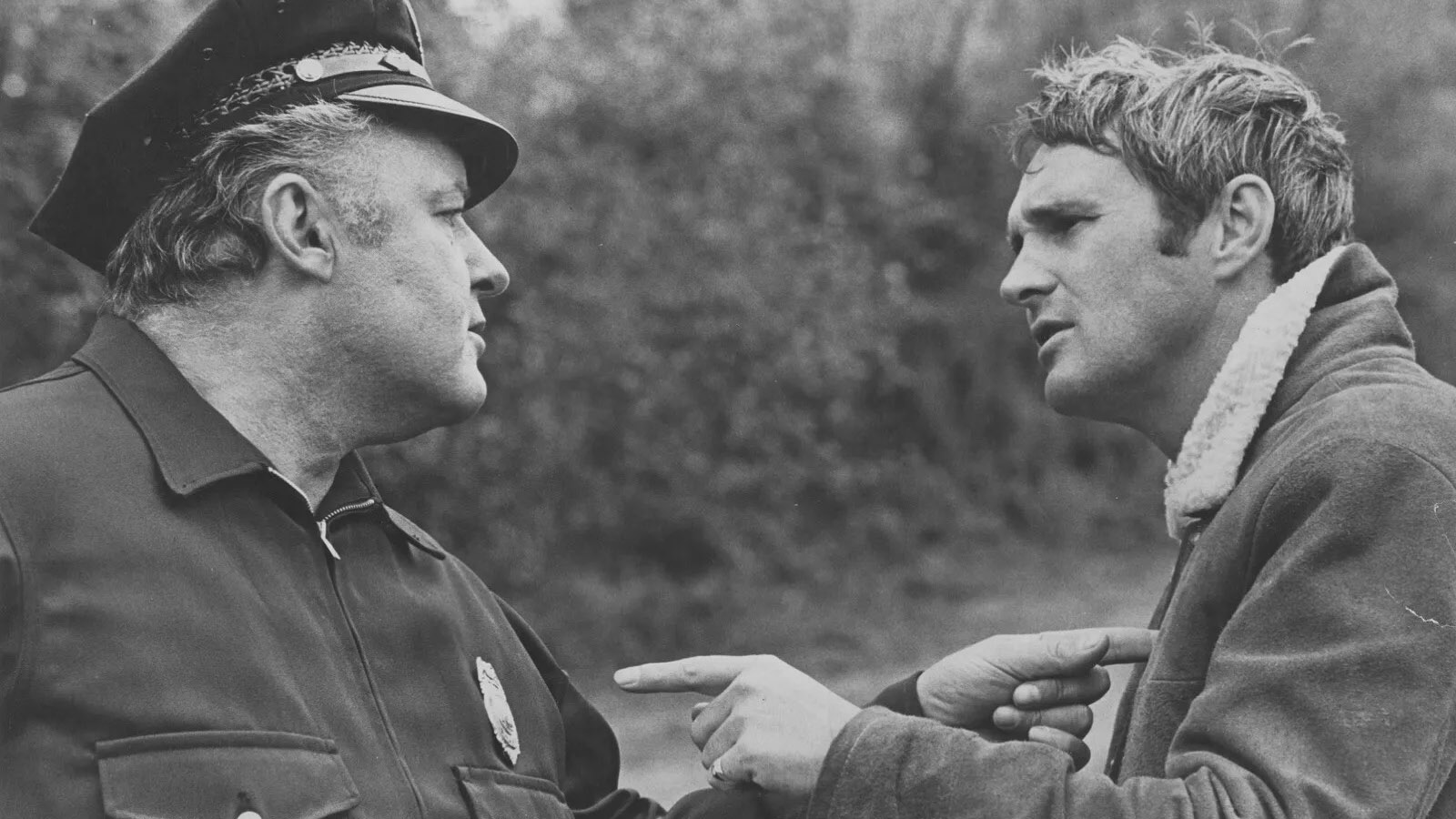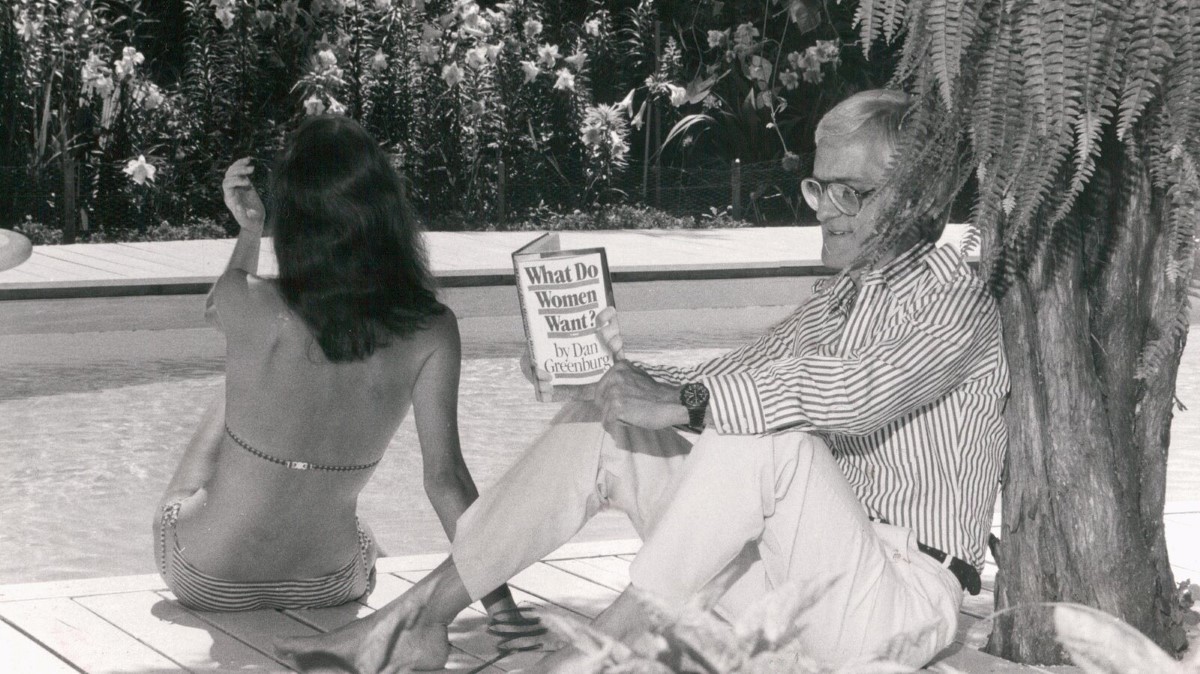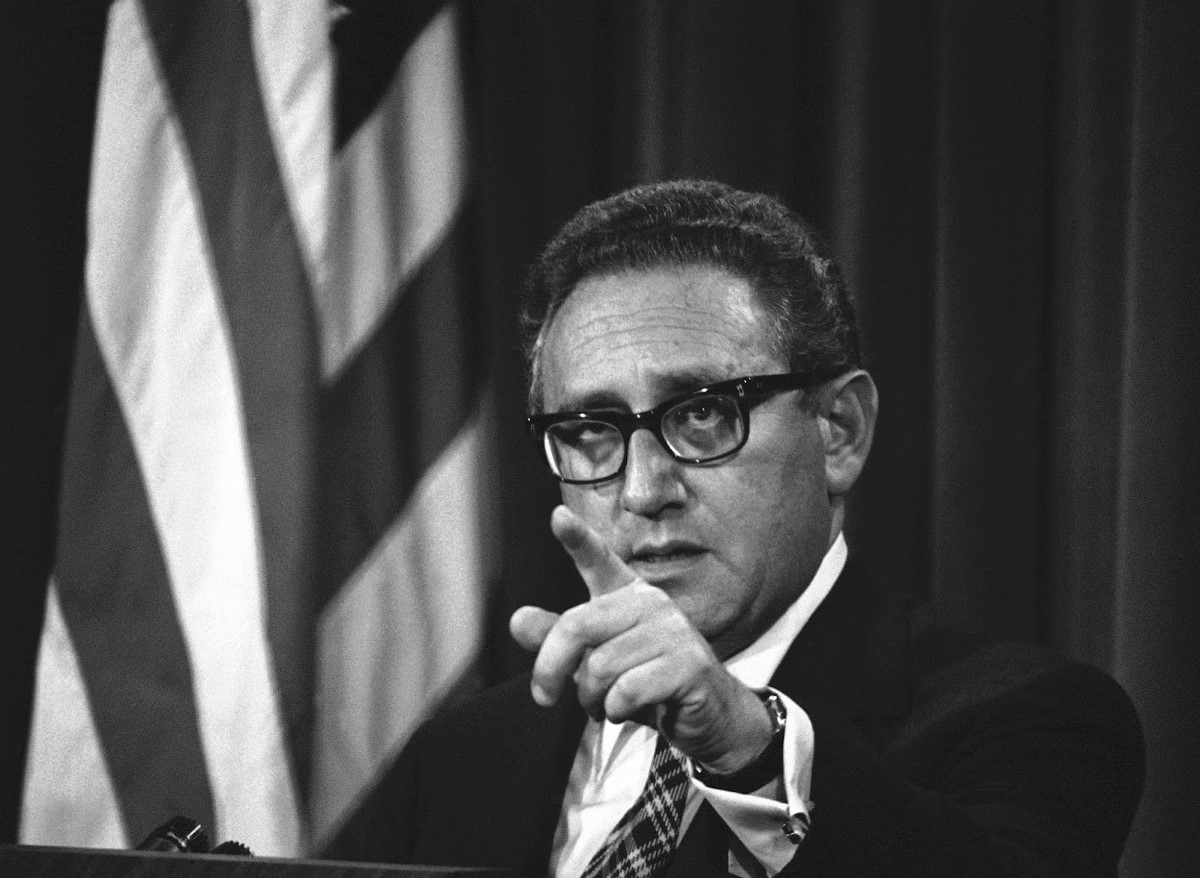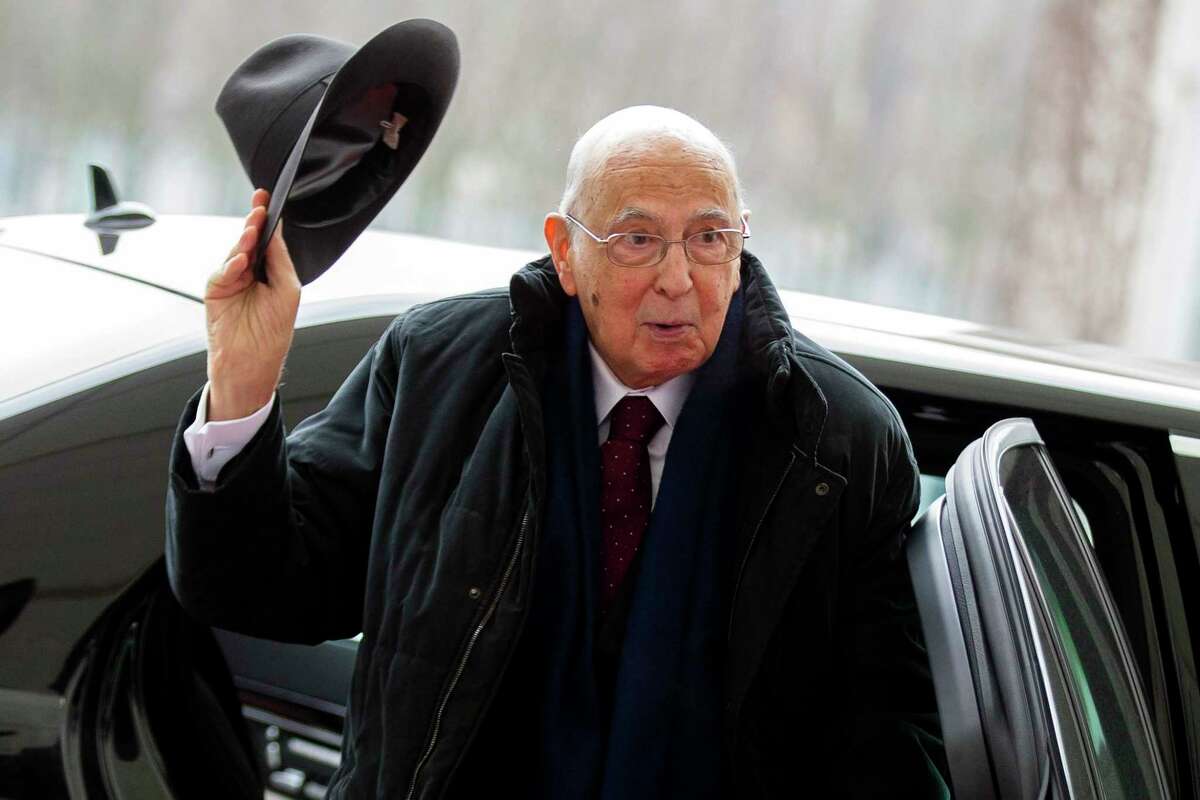Fashion photographer whose dispassionate eye was applied equally to portraiture and the documentary
by Val Williams
In 1956, Paramount released Stanley Donen’s Funny Face, a musical starring Audrey Hepburn and Fred Astaire. It was an appealing and affectionate satire of the fashion press, peopled by frenetic editors, haughty models and Dick Avery, a fast-talking photographer. Astaire’s character was modelled on Harper’s Bazaar’s star photographer, Richard Avedon, and the film depicted with awesome accuracy the power, artifice and delight of fashion photography. Like an American Professor Higgins, Avery takes a dowdy bookshop assistant and vows to make her into the model of the moment only to find that great fashion photography is a true collaboration between the photographer and the photographed, a wonderful symbiosis of place, time and character.
Though film usually serves photography and photographers badly, Funny Face, informed throughout by Avedon’s own experience, was as true a picture of a photographer in action as there is ever likely to be. For Avedon, who had long been both an admirer of Astaire and a true aficionado of contemporary dance, Funny Face was photography, magically and uniquely, brought to life.
Richard Avedon spent most of his working fife as a magazine photographer, working with models and celebrities, but his views on photography were as serious and carefully considered as his documentarist contemporaries. His identity was formed by New York, a city which he venerated and which provided him with ideas, inspiration and energy.
His father, Jacob, of Russian Jewish stock, owned Avedon’s Fifth Avenue, a women’s speciality shop, where the young Richard would spend many Saturdays. The world of women, their habits, preoccupations, gestures and desires was familiar to him from an early age. As a child, drifting around the emporium, he also learnt to observe, to register style and fashion. At DeWitt Clinton High School in the Bronx, he was a talented and ambitious pupil. In 1941 he won first prize in a nationwide poetry competition and was also Editor-in-Chief of Magpie, DeWitt Clinton’s literary and art magazine. James Baldwin, who would go on to be one of the United States’ most important black writers, was literary editor.
Avedon’s photographic experiments had begun with membership of the YMHA camera club at the age of 12, and in his late teens he was producing fashion photographs of his sister (in the style of Louise Dahl-Wolfe), his mother (in the style of Toni Frissell) and his cousin (in the style of Martin Munkacsi) which showed a Vision mature beyond his years. Like the young Cecil Beaton, dressing his sisters in gauze against silver-paper background in the style of Baron Meyer, Avedon was experimenting across photography’s styles, searching for his own vision.
He read Philosophy at Columbia University in the late Thirties, going on to study photography under the legendary Alexey Brodovitch at the Design Laboratory at the New School of Social Research. Brodovitch’s influence on the photographers who studied at the New School was profound; one remarked that “as fashion photographers he made us feel that we were the élite – God’s angels – baby Picassos”.
The partnership of Brodovitch and Avedon at Harper’s Bazaar, where Avedon was the lead photographer from 1945 to 1965, would revolutionise the notion of fashion photography. Avedon gave it energy and danger – his models (and in particular the supermodels of their times, Dovima, Sunny Harnett and Suzy Parker) emerged as funny, elegant, energetic and elusive, self-possessed women who joined forces with the photographer to make striking tableaux of the modern world.
Richard Avedon was a photographer who reflected carefully on the medium. When asked about the value of photographic portraiture, he remarked:
A photographic portrait is a picture of someone who knows he’s being photographed, and what he does with this knowledge is as much a part of the photograph as what he’s wearing or how he looks. He’s implicated in what happened, and he has a certain reai power over the result We all perform. It’s what we do for each other all the time, deliberately or unintentionally … The way someone who’s being photographed presents himself to the camera, and the effeet of the photographer’s response on that presence, is what the making of a portrait is about.
When Brodovitch become art director of Harper’s Bazaar, he applied radical photographic principles to his selection of photographers, using documentarists and Street photographers to give the magazine vitality and realism. For Avedon, who also worked with Brodovitch on the Annual of the American Ballet Theatre in the late Forties and contributed to Brodovitch’s own journal Portfolio, this fusion of the real and the fictional would inform his photography for decades to come. When Avedon made covers for Theatre Arts magazine in the Forties (his passion for theatre was almost as strong as his love of photography) he experimented by combining portraiture and documentary with collage and graphic effects, always stretching the medium to its limits.
For the photography historian Martin Harrison, Avedon’s photography was “double-edged”:
The performances he directed are informed by his empathy for “the complex nature of what it is to be dressed up, the vulnerability, the anxiety, the isolation of being a beauty” – these were not the concerns of his employers – they were part of Avedon’s hidden agenda, the psychological exploration that only later transferred entirely to the medium of his portraits.
Like so many of his contemporaries, Richard Avedon received his photographic training in the US military, serving from 1942 to 1944 in the Merchant Marine, as Photographer’s Mate Second Class. He contributed photographic spreads to The Helm, the Merchant Marine’s house magazine while he was stationed at the Training Base at Sheepshead, New York.
In 1943 he made a portrait, for The Helm, of two young sailors, Vernon Beeson and Nathan J. Averick, which showed a growing understanding of the nature of form, of the placing of figures with- in the photographic frame. In Avedon’s photograph, we notice everything – the weave of the shirt, the texture of hair and skin, the bright directness of the sailors’ gazes. Avedon dwelt on both the energy and vulnerability of these two young servicemen – it was a combination he would use over and over again in his photographic portraits. When Brodovitch saw the photograph, he was convinced of Avedon’s talent, and awarded him his first commission for Harper’s.
At first, Avedon worked for Junior Bazaar, a section of Harper’s which explored young fashion. When it became a magazine in its own right, he was commissioned for covers and spreads. For one cover, in December 1946, he photographed a model in a tangerine gown against a light-drawing made in Times Square, a location which had fascinated him since his high-school days, and which had appeared with such effect on the cover of Magpie.
Though Avedon dealt every day with the world’s most beautiful women, wearing couture’s most scintillating gowns, he was a modest figure who could pass unnoticed in a crowd. A snapshot from 1944, taken in front of the Capi- tol in Washington DC shows a dark haired, broad-faced young man staring expectantly from the frame.
Just a year later, he appears again in snapshot, this time with his future wife the model Doe Norwell, and wearing the black-framed spectacles which would become his trademark As with Fred Astaire, who would portray him in Funny Face, Avedon’s energy was intensely physical, wiry and animated. Photographed in 1948 at Dior with Harper’s’ editor Carmel Snow, Avedon looks more like a youthful college professor than a star fashion photographer. Some 50 years later, in 1995, at the London opening of his retrospective at the National Portrait Gallery, as he guided the guest of honour, the Princess of Wales, around the show, the contrast between her tali elegance and his slightness was striking.
At Harper’s, Avedon became well known, as well as for fashion photography, for his portraits of distinguished personalities and celebrities. In the early Fifties he photographed Charlie Chaplin and Buster Keaton. While Chaplin grinned maniacally at the camera with his two forefingers on his head like horns, Keaton, unsmiling, held on to his straw boater. He photographed everyone who was anyone – Marilyn Monroe, Louis Armstrong, Marcel Duchamp, Dorothy Parker, the Duchess of Windsor, poets, actors, writers, designers, scientist, priests. Away from the demands of the magazine, he continued his extensive documentary of New York City, photographing shoe-shine men in Harlem, mothers and babies on the Upper West Side, subway passengers, children in Central Park, a woman striding across a boardwalk.
Everywhere he saw form and gesture – a preoccupied glance, a casual conversation, an exchange of looks. He photographed on location, capturing an exchange between two models in the Café Flore in Paris, making a portrait of Dorian Leigh applying mascara, a shot of the decaying corpses in the Palermo catacombs, boys jumping into the lagoon in Venice.
By the early Sixties, he had begun to make the portraits by which he is best known and whose influence would be seen in the work of generations of photographers, from David Bailey to Nick Knight. Intense studies against a white background of significant Americans from Governor George Wallace to the poet Alien Ginsberg, from Groucho Marx to Henry Miller, “family” photographs of Andy Warhol and the writers, artists and musicians of The Factory, the Chicago Seven and the Ginsberg clan. Always intensely interested in the culture which lay beyond photography and fashion, and fascinated by powerful writing, he worked with Truman Capote on Observations (1959) and with James Baldwin on his monumental photo book Nothing Personal (1964).
But Avedon, despite, or maybe because of, his great success, was generous to other photographers. When the veteran French photographer Jacques Henri Lartigue appeared on the New York scene, Avedon was entranced by the spontaneity and joyousness of his work. He edited Lartigue’s monograph Diary of a Century (1970), and for over 30 years, until the balance was redressed, the world saw Lartique through Avedon’s eyes, as a naive and entrancing snapshotter.
Many years later, he came across the work of a young British photographer, Nick Waplington, then a student at the Royal College of Art, and was instrumental in the publication of his first monograph, Living Room, in 1991. He even contributed an essay in the book, in which he wrote: “The photographer’s triumph is to bring order out of chaos, without betraying the chaos.” In Waplington, whose work documented the day-to-day existence of a working-class family in the Midlands, and pictured the burlesque of their chaotic lives, Avedon had found an anarchy and a realism which conformed very much to his own view of photography.
From the beginning, Richard Avedon’s photographs found a central place in New York’s emerging photographic culture. He was included in Moma’s pivotal exhibitions “The Photographer’s Eye” (1965) and “Looking at Photographs” (1973). Though he did not achieve the cult status of Diane Arbus, Robert Frank and Gary Winogrand, Avedon was acknowledged as one of contemporary photography’s masters. At a time when working within the fashion industry was not seen as desirable for art photographers, Avedon was one of the few to inhabit both worlds.
But predominance in fashion and celebrity portraiture did not always bode well for his personal work. His Eighties series “In the American West”, for which he made portraits of working- class Americans, and which opened at the Amon Carter Museum in Texas in 1985, was sometimes, and possibly unfairly, seen to be misjudged. In her essay on Avedon in the catalogue of the 1994-95 retrospective, “Evidence”, its curator Jane Livingston quoted a review from Photo District News:
There is something extremely cruel, even vicious, about posing a spastic mental patient, a crippled farmer, a one-armed knife-scarred prisoner, a pathetic alcoholic derelict, all for the sake of producing sensational portraits… This is a sick collection that expresses Avedon’s inner fears and terrifying nightmares.
Ironically, Avedon’s monumental portraits of salesmen, factory workers and the unemployed, rather than being seen as documentary icons, became the inspiration for the new “realist” fashion photography which emerged in the US and Europe in the early Nineties.
By the mid-Eighties, the bulk of Avedon’s editorial work was directed towards the large-scale photo magazine Egoist. Here, he could publish personal photo series without the demands of the commercial world infringing on his private Vision. He photographed the crowds massing at the fall of the Berlin Wall, and the documentary he made is remarkable, with elements of both fashion photography and reportage. The photographs were harsh and uncompromising, pessimistic comments on humankind with an undoubted frisson of style. They have a directness and an energy driven by an imagination grounded in a fascination with the visual, with shape and form, but above all with the sheer strangeness of human beings.
Richard Avedon’s journey through photography is a fascinating one. His magazine work, for Harper’s and later for Vogue, is probably the finest produced in the post-war American fashion press; and he died in Texas on an election-year assignment, “On Democracy”, for The New Yorker, whose first staff photographer he became in 1992. In his personal work he experimented, took risks, caused controversy, but remained true to a photographic Vision – the creation of work which, like all great photographs, treads the line between love and exploitation.
Richard Avedon, photographer: born New York 15 May 1923; married 1944 Dorcas Norwell (marriage dissolved 1950), 1951 Evelyn Franklin (one son); died San Antonio, Texas 1 October 2004.
The Independent, Monday 4 October 2004
Richard Avedon in 1979




1 thought on “OBITUARY: RICHARD AVEDON – by Val Williams [The Independent]”
Thank you for writing this article
Best Regards,
Caren Michelle Avedon